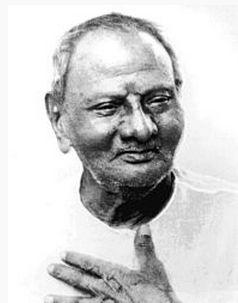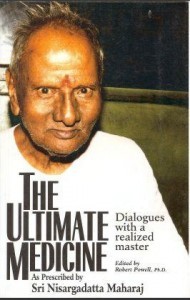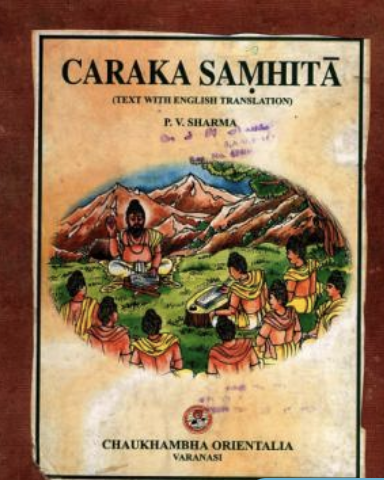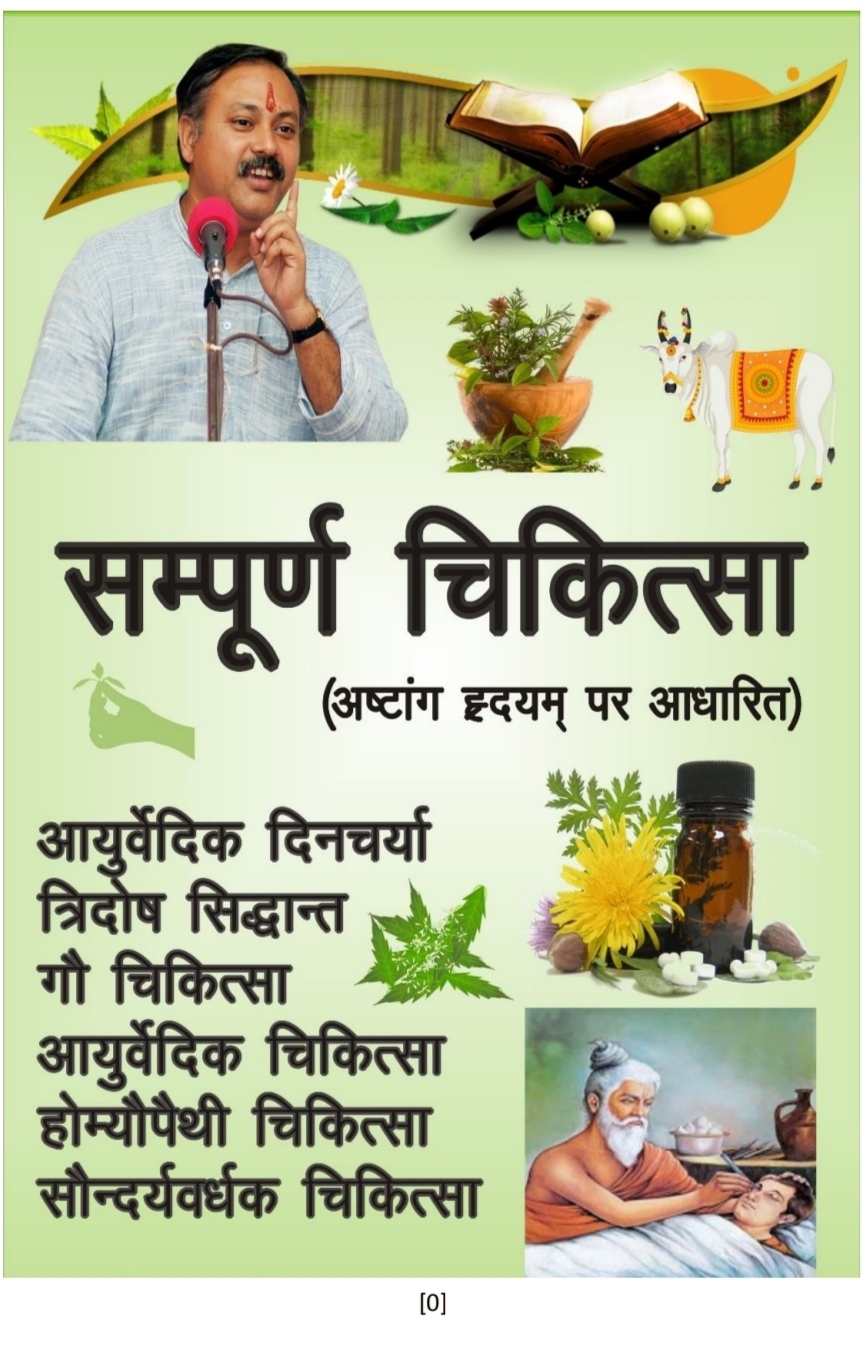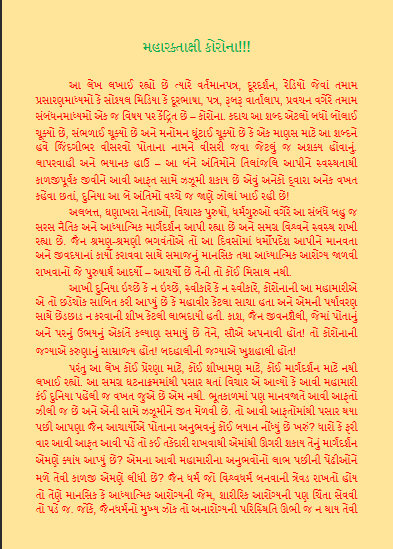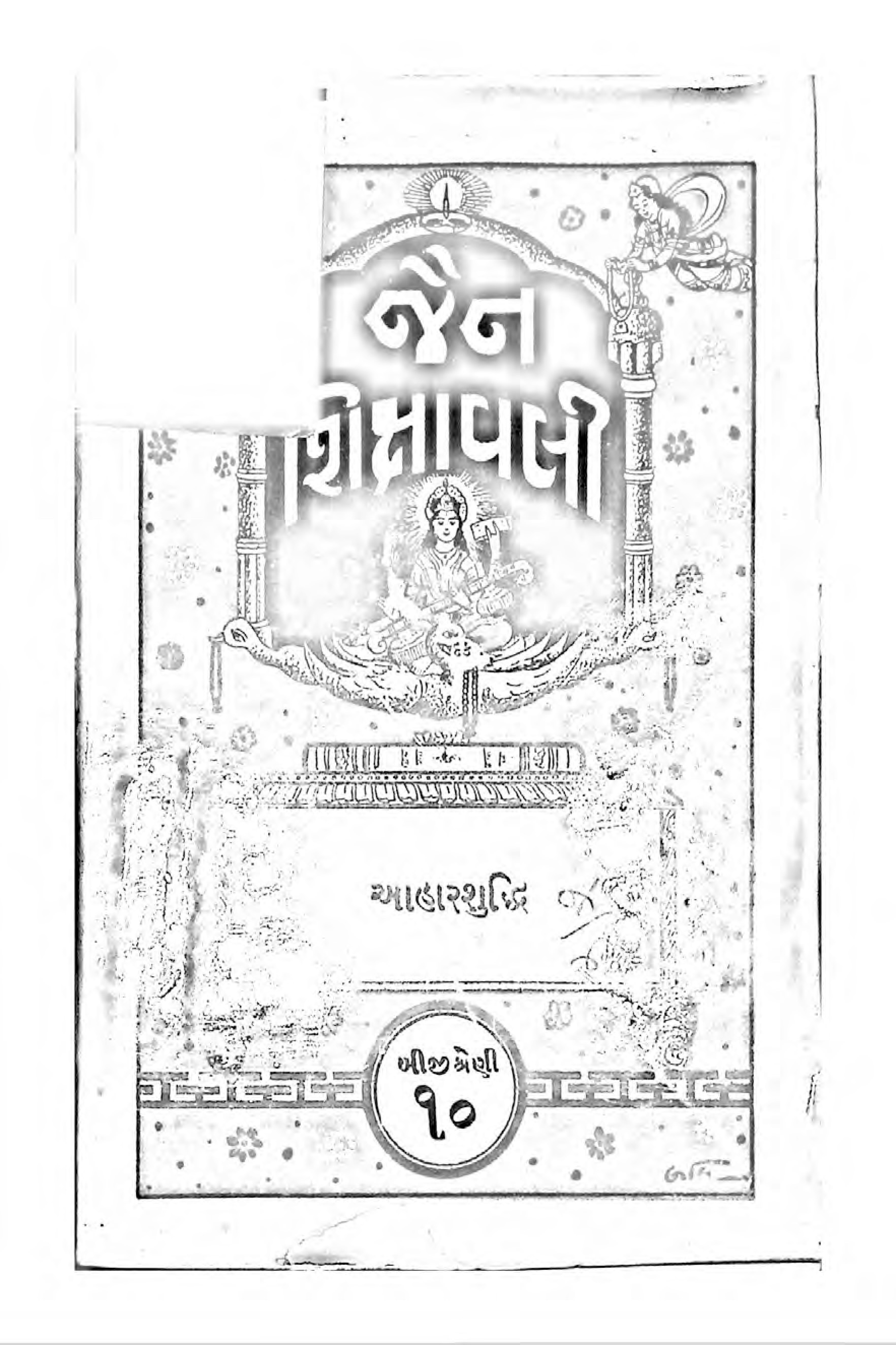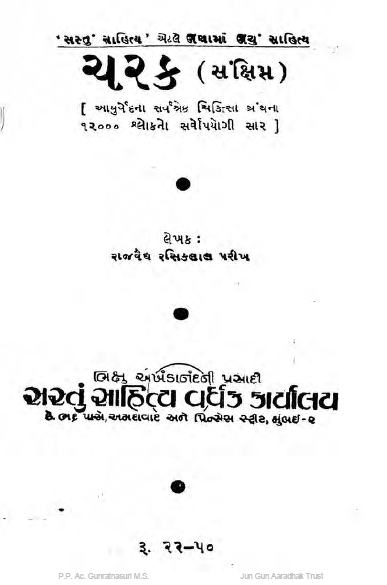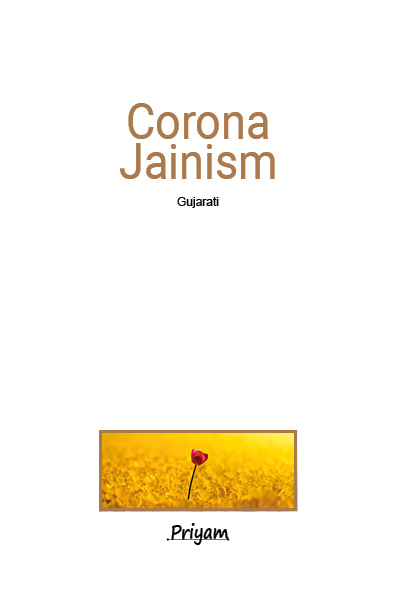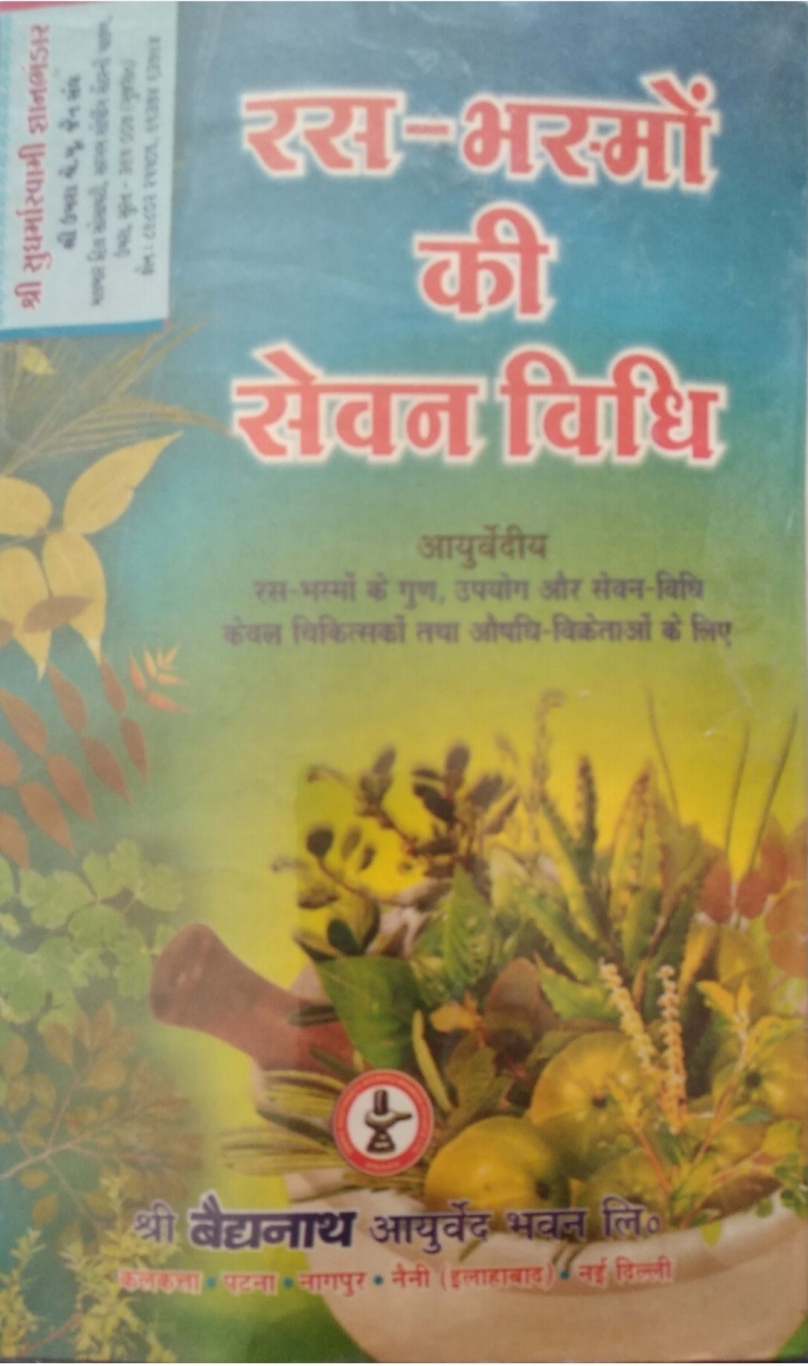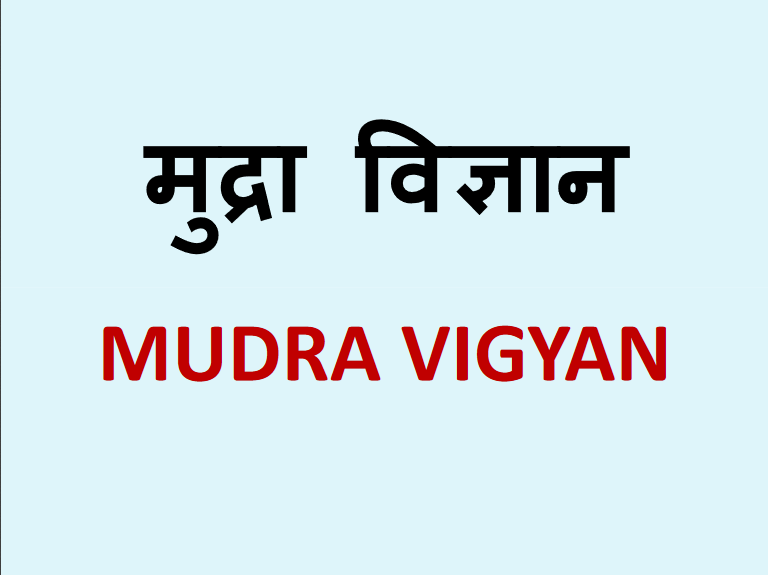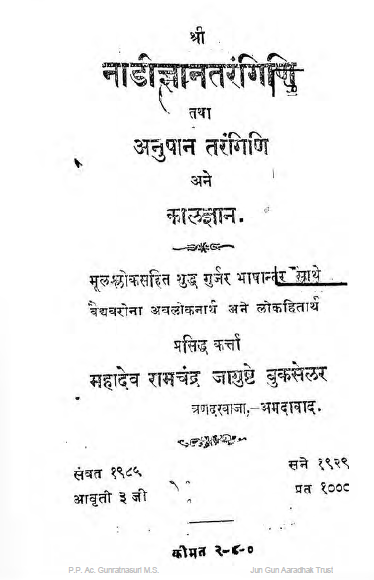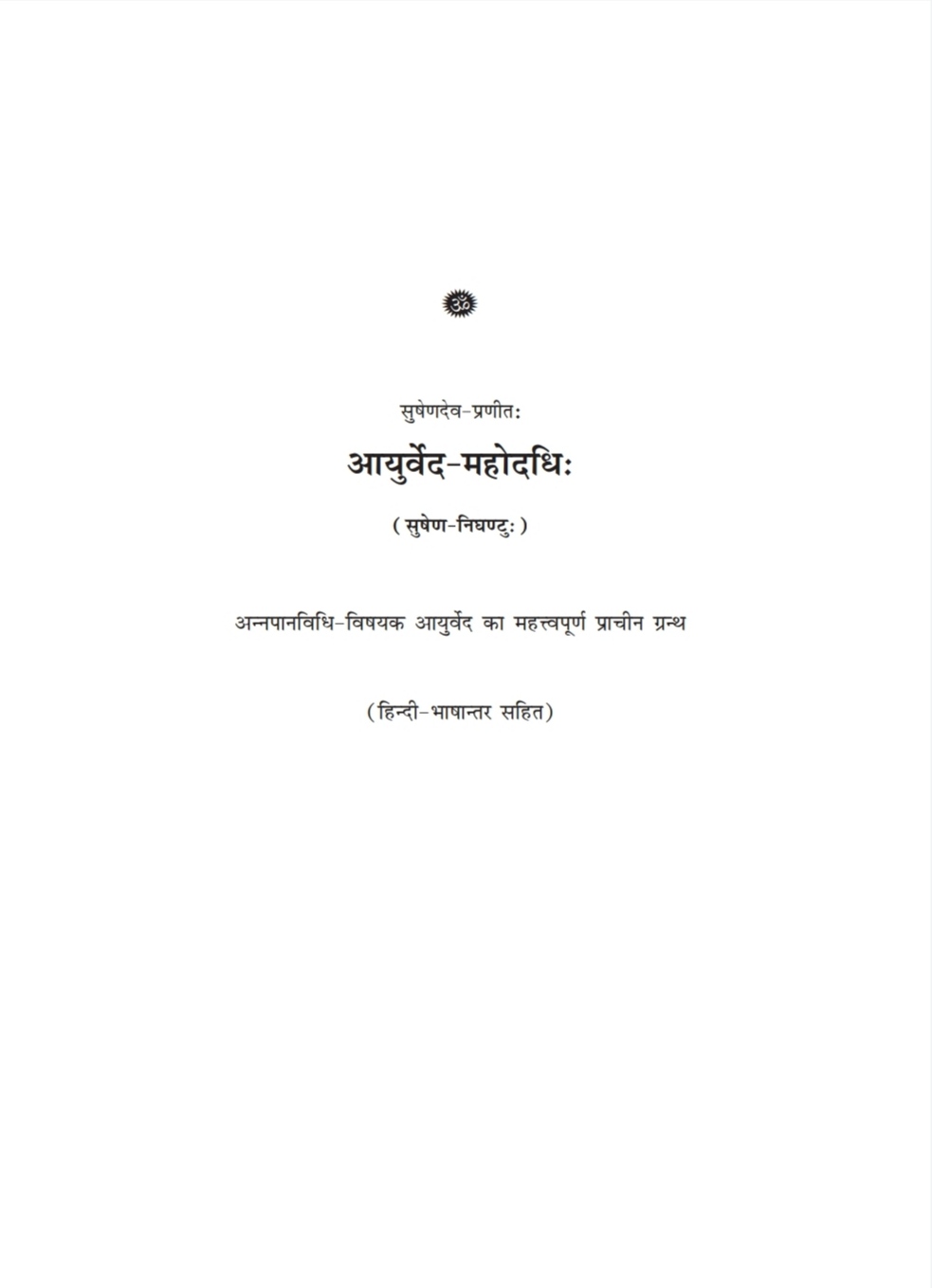Ashtanga Hridayam
(3 Reviews)
The Aṣṭāṅgahṛdayasaṃhitā (Ah, "Heart of Medicine") is written in poetic language. The Aṣṭāṅgasaṅgraha (As, "Compendium of Medicine") is a longer and less concise work, containing many parallel passages and extensive passages in prose. The Ah is written in 7120 easily understood Sanskrit verses that present a coherent account of Ayurvedic knowledge. Ashtanga in Sanskrit means ‘eight components’ and refers to the eight sections of Ayurveda: internal medicine, surgery, gynaecology and paediatrics, rejuvenation therapy, aphrodisiac therapy, toxicology, and psychiatry or spiritual healing, and ENT (ear, nose and throat). There are sections on longevity, personal hygiene, the causes of illness, the influence of season and time on the human organism, types and classifications of medicine, the significance of the sense of taste, pregnancy and possible complications during birth, Prakriti, individual constitutions and various aids for establishing a prognosis. There is also detailed information on Five-actions therapies (Skt. pañcakarma) including therapeutically induced vomiting, the use of laxatives, enemas, complications that might occur during such therapies and the necessary medications. The Aṣṭāṅgahṛdayasaṃhitā is perhaps Ayurveda’s greatest classic, and copies of the work in manuscript libraries across India and the world outnumber any other medical work. The Ah is the central work of authority for ayurvedic practitioners in Kerala. The Aṣṭāṅgasaṅgraha, by contrast, is poorly represented in the manuscript record, with only a few, fragmentary manuscripts having survived to the twenty-first century. Evidently it was not widely read in pre-modern times. However, the As has come to new prominence since the twentieth century through being made part of the curriculum for ayurvedic college education in India.
Language title : अष्टांगहृदयम्
Author : Maharishi Vagbhata
Publisher : chukhamba sanskrit pratishthan
Category : Books
Sub Category : Aarogya - Health and Fitness
Advertisement
Reviews
Dinesh Kumar
- 2025-01-18
exilent
Tirth
- 2021-04-07
very nice.
Adish jain
- 2021-01-25
better



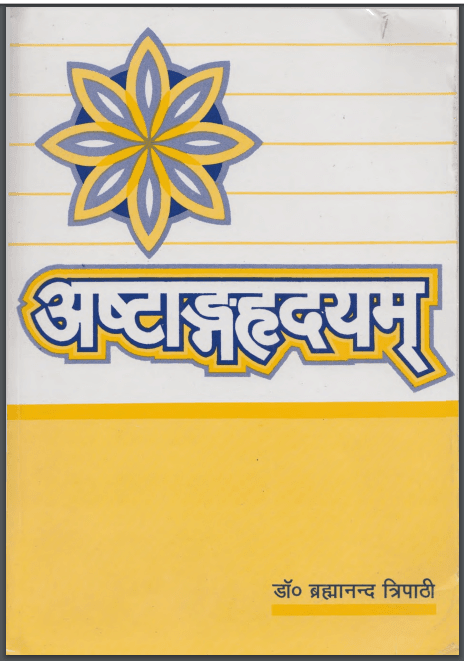


B_Page_001.jpg)

